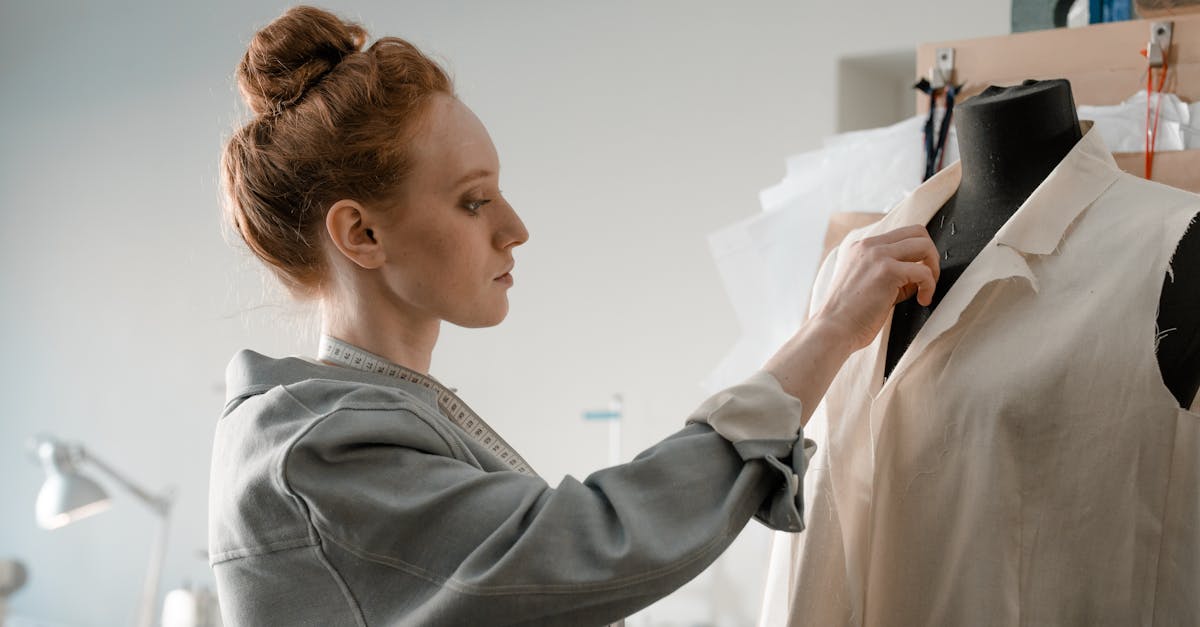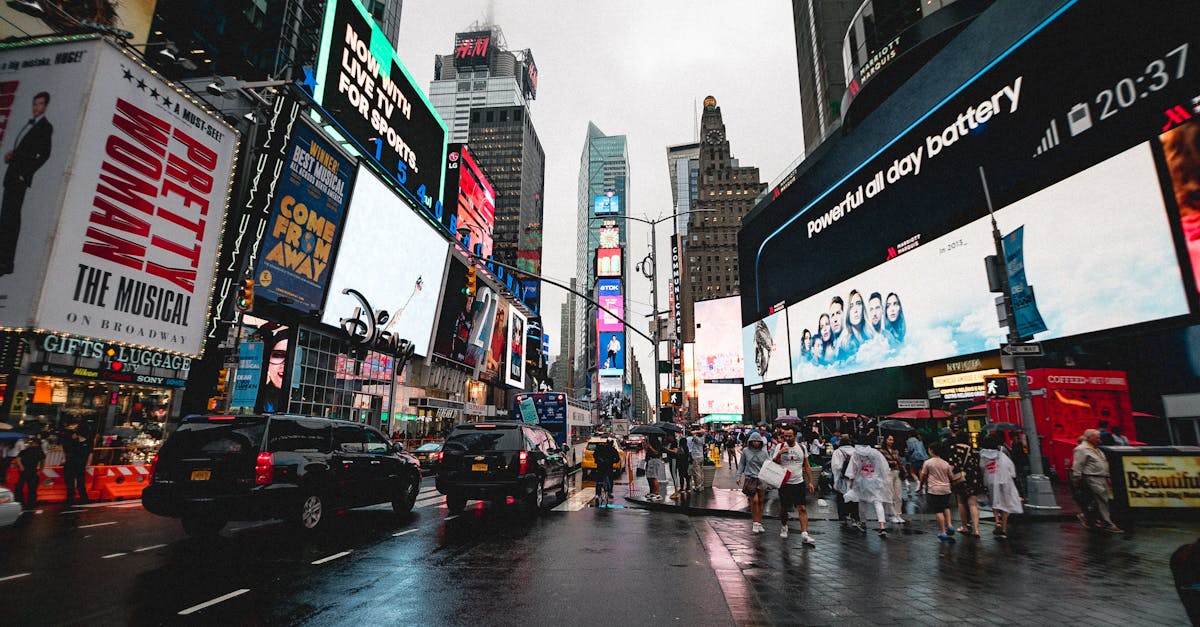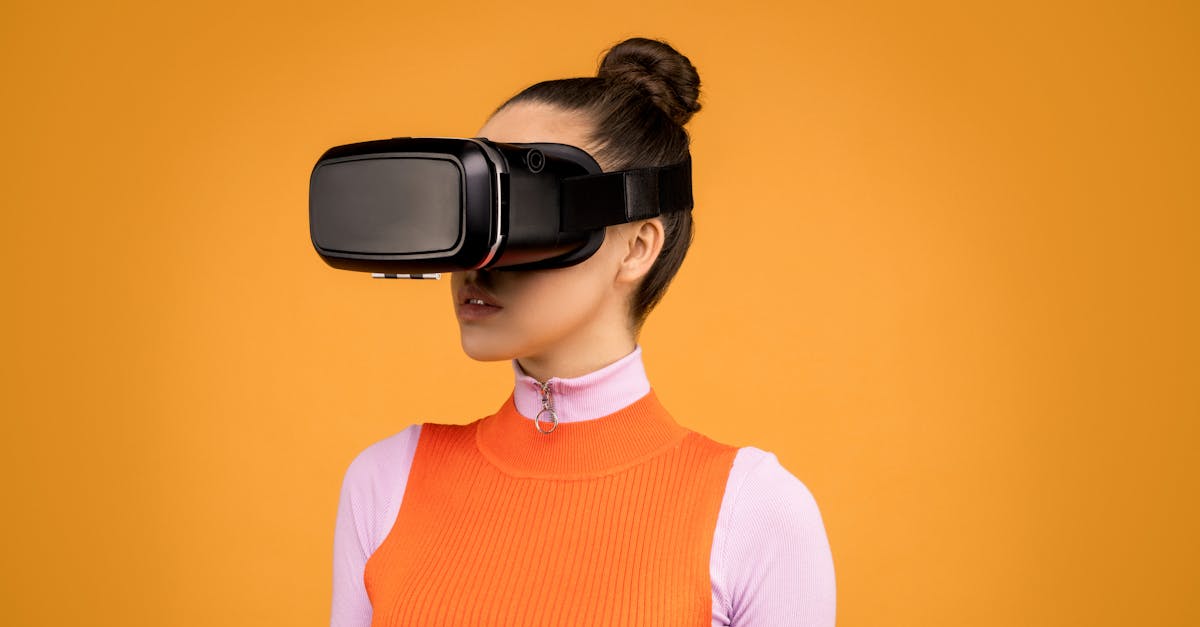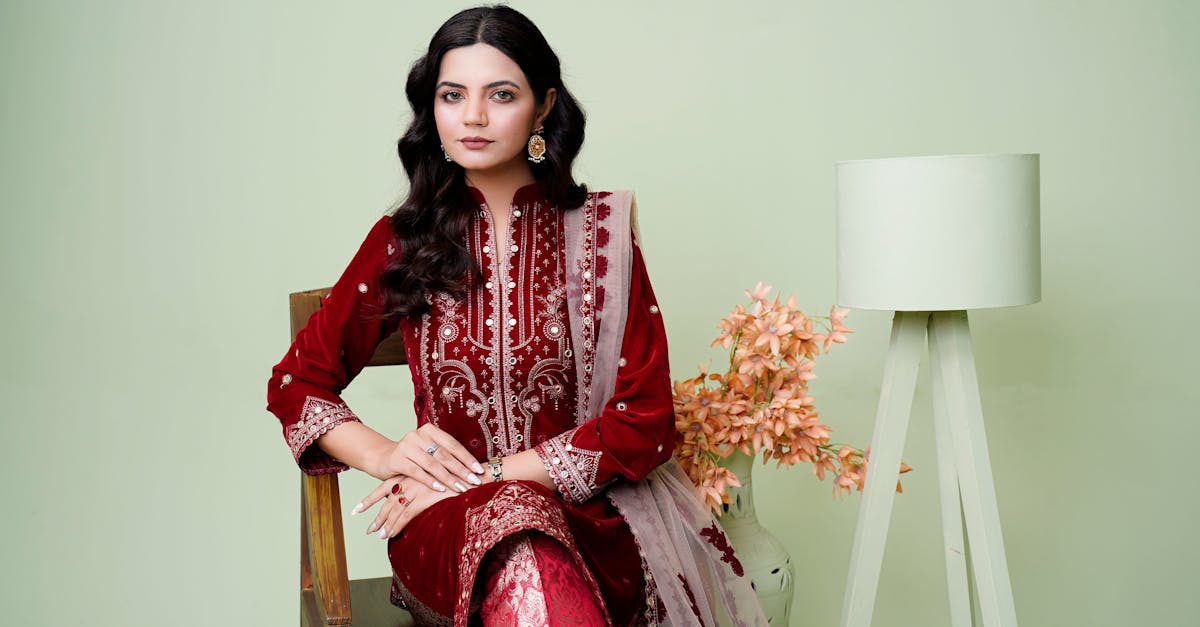Futuristic Fashion Visions
Introduction
The world of fashion is ever-evolving, but as we move further into the 21st century, the boundaries of creativity and technology are merging like never before. Futuristic fashion is no longer a far-off dream; it is becoming a reality. Designers are harnessing advanced technologies to create clothes that are not only visually stunning but also functional. Whether it's self-cleaning fabrics, smart textiles, or virtual fashion items, innovation is redefining the fashion landscape. This transformation is not just aesthetic but also sustainable, as environmental concerns propel the industry toward eco-friendly solutions. As technology continues to break new ground, the future of fashion holds exciting possibilities that tantalize the imagination.
Advertisement
Smart Textiles: The Birth of Intelligent Fashion
Smart textiles are revolutionizing how we interact with our clothing, transforming garments into intelligent, multifunctional devices. By embedding electronic components such as sensors and conductive fibers into fabrics, smart textiles can monitor health data, regulate body temperature, and even change color. For instance, manufacturers have developed shirts that track heart rate and breathing, providing live data to users or medical professionals. With wearable technology integrated into everyday attire, people are finding new ways to blend fashion with personal wellbeing. As technology advances, these textiles promise to become even more sophisticated, tailored to meet the diverse needs of users.
Advertisement
3D Printing: Customization at Its Finest
3D printing is ushering in a new era of customization and sustainability in the fashion industry. This cutting-edge technology allows designers to create intricate patterns and forms that were previously impossible or prohibitively expensive. From shoes to dresses, the possibilities are limitless. One key advantage is the ability to create clothing that perfectly fits an individual's unique body shape, reducing waste produced from ill-fitting garments. Furthermore, 3D printing uses fewer materials, minimizing the environmental impact. As costs decrease and materials become more versatile, 3D printing is set to become a mainstream production method in fashion.
Advertisement
Virtual Reality: The Digital Fashion Revolution
Virtual reality is poised to transform the fashion industry, offering unprecedented ways to experience and shop for clothing. Virtual fitting rooms allow customers to try on garments through digital avatars, offering a realistic preview of fit and style before making a purchase. This innovation not only enhances the shopping experience but also reduces the need for returns, which can be costly and wasteful. Furthermore, virtual fashion shows and events are breaking geographical barriers, allowing designers to reach global audiences without the expense and carbon footprint of traditional fashion weeks. As VR technology evolves, the fashion industry is tapping into new realms of digital possibilities.
Advertisement
Sustainability: Fashion's Green Future
Sustainability in fashion is no longer just a trend; it is a necessity. With the industry being one of the largest contributors to environmental damage, designers are prioritizing eco-friendly practices. From using recycled materials to implementing circular production processes, forward-thinking brands are reimagining fashion to minimize waste and pollution. Innovations such as biodegradable fabrics and plant-based dyes offer more sustainable solutions, paving the way for a green future. Companies that embrace these changes not only protect the planet but also appeal to the increasing number of eco-conscious consumers, making sustainable fashion a driving force in the market.
Advertisement
Augmented Reality: Interactive Fashion Experiences
Augmented reality is blurring the lines between the physical and digital worlds, creating immersive fashion experiences that engage and inspire. AR apps allow users to visualize how clothes will look in different settings or paired with various accessories, helping them make more informed styling choices. Retailers are leveraging AR to enhance in-store experiences, letting customers visualize product variations with ease. This blend of technology and fashion promotes creativity and experimentation, providing users with a personalized and interactive shopping experience. As AR technology becomes more sophisticated, it is set to redefine how consumers engage with fashion.
Advertisement
Biotech and Fashion: Cultivating Innovation
The fusion of biotech and fashion is spawning groundbreaking materials that are as innovative as they are sustainable. Biofabrication techniques, such as growing leather in labs using cells instead of traditional animal hides, represent a significant advancement in cruelty-free alternatives. Additionally, fabrics infused with living organisms offer dynamic properties, like air purification and luminescence. These bioengineered materials broaden creative horizons for designers and represent a seismic shift towards environmentally friendly solutions. With continuous research and development, biotech is poised to be a key player in the future of sustainable fashion.
Advertisement
Fashion and Artificial Intelligence: A Data-Driven Approach
Artificial intelligence is fast becoming a game-changer, influencing everything from fashion design to retail strategies. AI algorithms analyze data trends to predict fashion preferences, enabling designers to tailor collections that resonate with consumers. Virtual stylists, powered by AI, provide personalized recommendations based on user behavior and preferences, enhancing the shopping experience. Moreover, AI-driven supply chains improve efficiency by forecasting demand and optimizing inventory management, reducing excess stock and waste. As AI technology continues to evolve, its role in driving innovation and sustainability within fashion will only grow, solidifying its place as an integral component of futuristic fashion.
Advertisement
Conclusion
The convergence of technology and fashion is redefining the boundaries of creativity and sustainability, ushering in an era marked by groundbreaking innovations. Smart textiles, 3D printing, and virtual fashions are beginning to shape the future, offering unparalleled customization, interactivity, and eco-friendliness. As augmented and virtual realities transform how consumers engage with fashion, the industry is not only becoming more accessible but also more responsible. The integration of biotech and AI further opens new avenues for creativity and sustainability. As we continue to advance technologically, the possibilities in the realm of futuristic fashion remain boundless, promising a future where fashion is not only visionary but also sustainable and inclusive.
Advertisement








